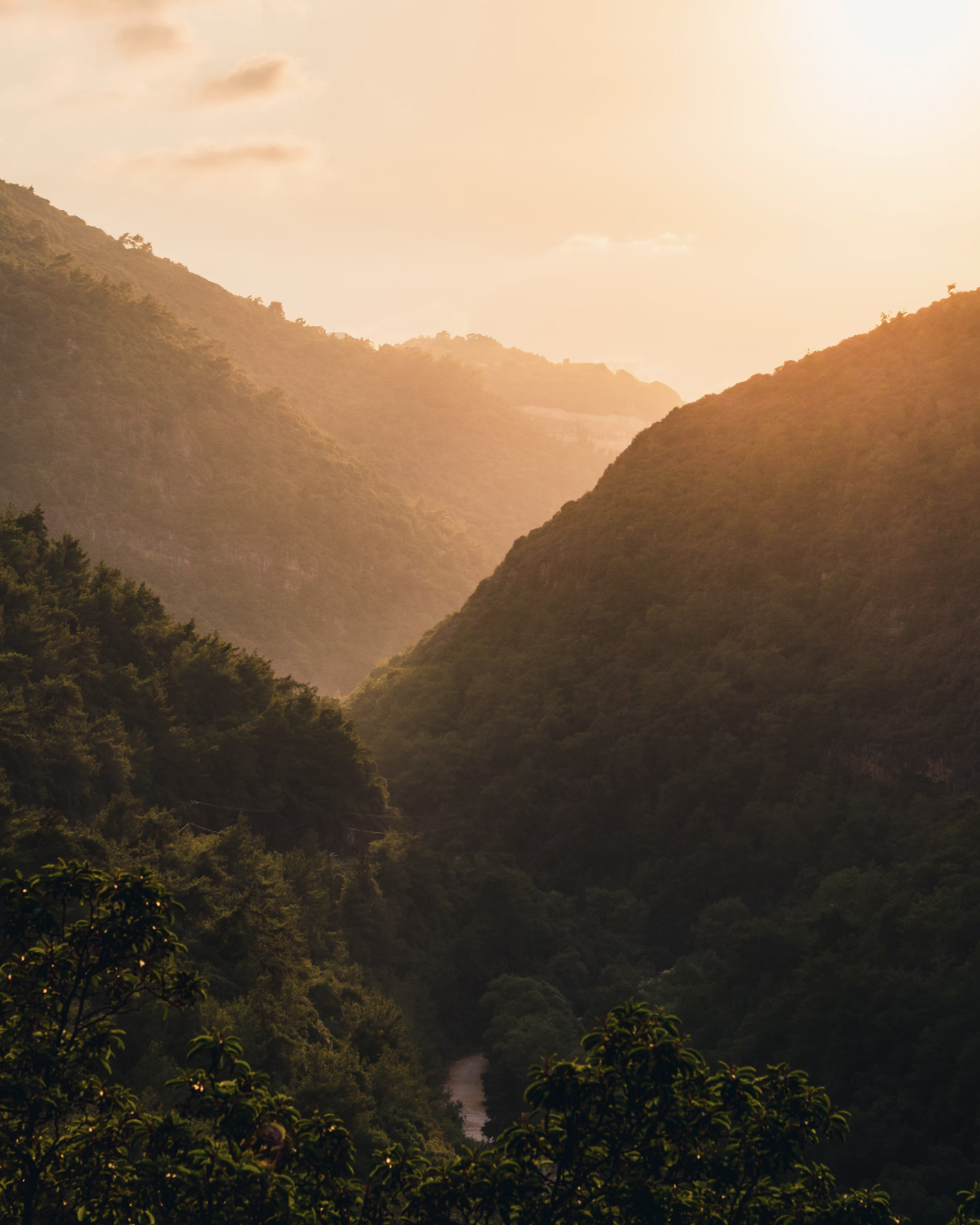Restoring the Mediterranean🌴
Lebanon and Morocco are betting big on restoration.

Lebanon and Morocco’s Big Green Bet 🇱🇧🇲🇦
The Mediterranean’s ecosystems are under fire—literally. Across the region, 80 million hectares of land are degraded, with 400,000 hectares of forest going up in flames each year, or 5% annually. The FAO reports that’s not just scorched earth; it’s a major loss for biodiversity, food security, and climate resilience, with 16% of native plants and animals edging closer to extinction. Silva Mediterranea is sounding the alarm.
But it’s not all bad news for Mediterranean forests. Lebanon and Morocco are betting big on restoration, backed by the FAO’s Forest and Landscape Restoration Mechanism (FLRM). Both countries are all-in on restoring forests, rangelands, and vital ecosystems, and young people are stepping up too, leading projects with fresh perspectives and a serious commitment to a greener future 🌱.
Power to the Data (And to the People) 📊
Turns out, one of the biggest roadblocks to large-scale restoration isn’t just funding or manpower—it’s the lack of shared knowledge. Lebanon’s Ministry of Agriculture (MoA) and the FLRM are facing this reality head-on: inconsistent land management techniques from different organizations have made collaboration a major headache. When every player has their own way of planting, monitoring, and measuring success, it’s like trying to assemble IKEA furniture with pieces from ten different sets.
The solution? Open knowledge, shared tools, and transparency. Lebanon and the FLRM are throwing their weight behind a series of technical events where land restoration stakeholders get on the same page. These gatherings cover everything from rangeland plant identification to wildfire prep and post-fire recovery. Long-time players like the Association for Forests, Development and Conservation (AFDC) and the Lebanon Reforestation Initiative (LRI) bring their field-tested insights, sharing what worked (and what definitely didn’t) after 15 years of restoration work across Lebanon’s diverse landscapes. The goal? To help everyone dodge the rookie mistakes and get restoration projects moving forward—together.
One Hectare at a Time: A Mediterranean Revival 🌍
With FLRM’s support, Lebanon and Morocco are setting a bold example for what Mediterranean restoration can look like. By combining local know-how with environmental science and open, shared data, they’re proving that large-scale ecosystem recovery is more than a nice idea—it’s totally doable. Their work reflects a broader commitment to plant projects that restore Mediterranean ecosystems and build resilience against climate change. And with the next generation at the wheel, we’re looking at a future where the Mediterranean is as rich in forests and wildlife as it is in history and culture.
Sources 📖
Eight Mediterranean Forest Week (8MFW), Spain. (2024). Food and Agriculture Organization of the United Nations, Silva Mediterranea. Retrieved from https://www.fao.org/silva-mediterranea/mediterranean-forest-week/eight-mediterranean-forest-week-(8mfw)-spain/en
Greater restoration efforts needed for Mediterranean forests. (2024). Food and Agriculture Organization of the United Nations, FAO Regional Office for Europe and Central Asia. Retrieved from https://www.fao.org/europe/news/detail/greater-restoration-efforts-needed-for-mediterranean-forests/en
MedBase: A Mediterranean Forest Data Hub. European Forest Institute. Retrieved from http://dataservices.efi.int/medbase/
The State of Mediterranean Forests 2022. (2022). Food and Agriculture Organization of the United Nations. Retrieved from https://openknowledge.fao.org/items/de203b8e-6fa0-48f6-ae74-7a3c8ff3f808




